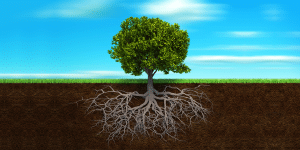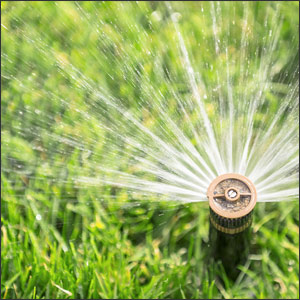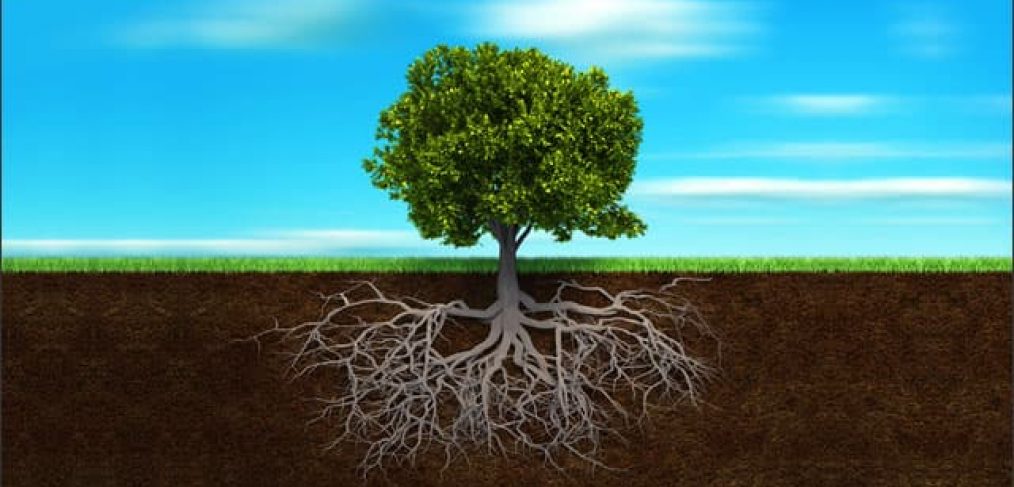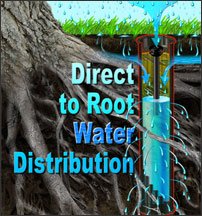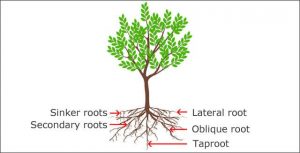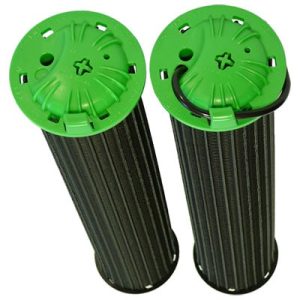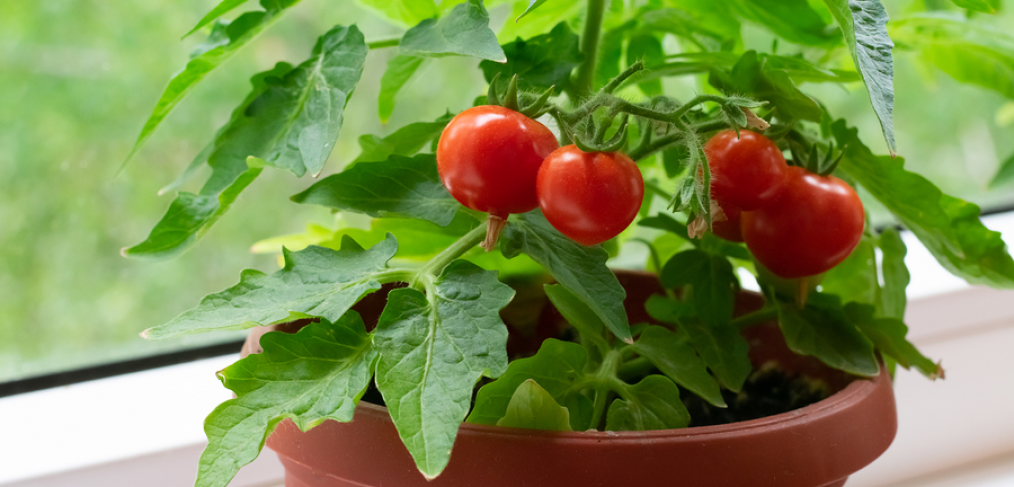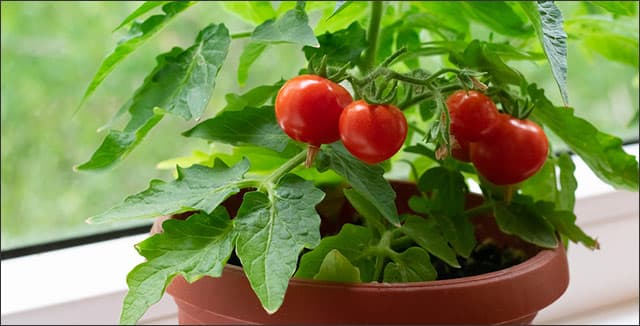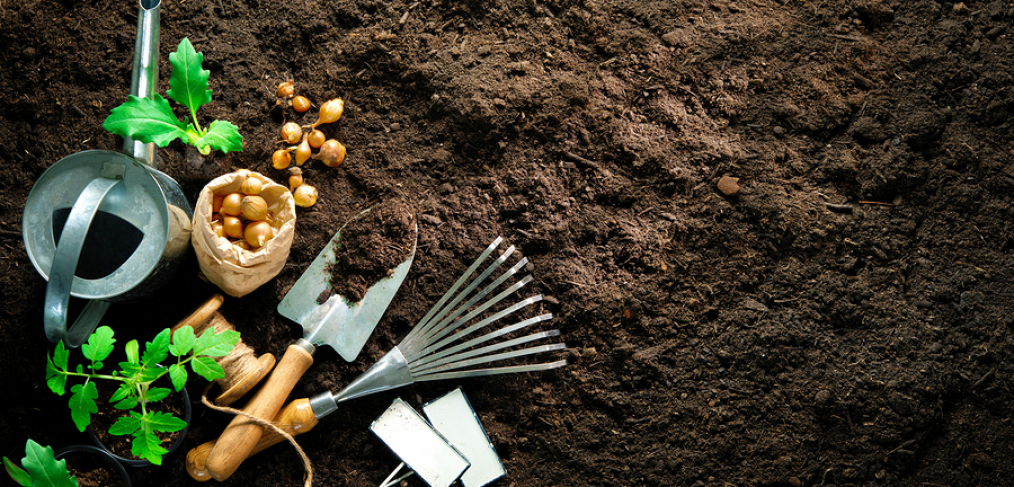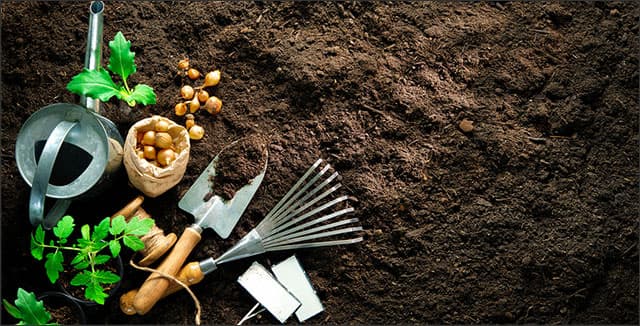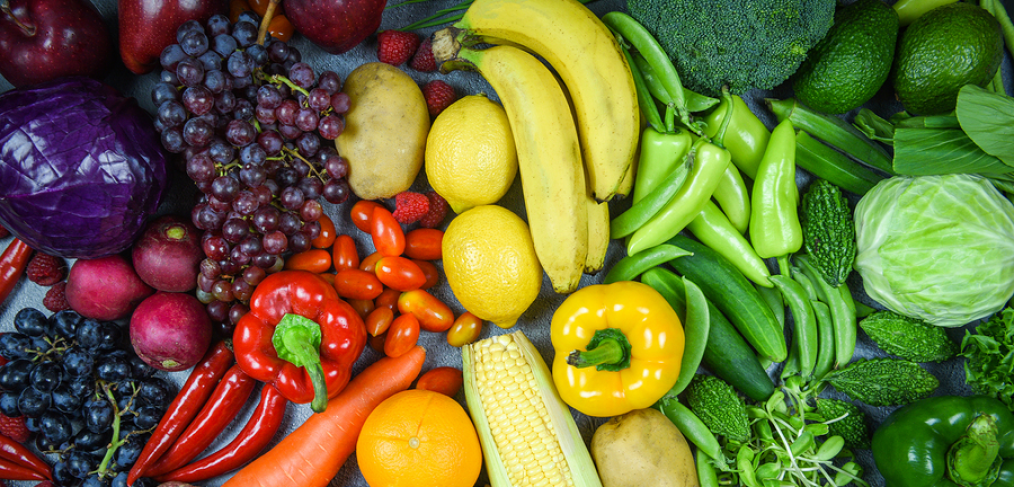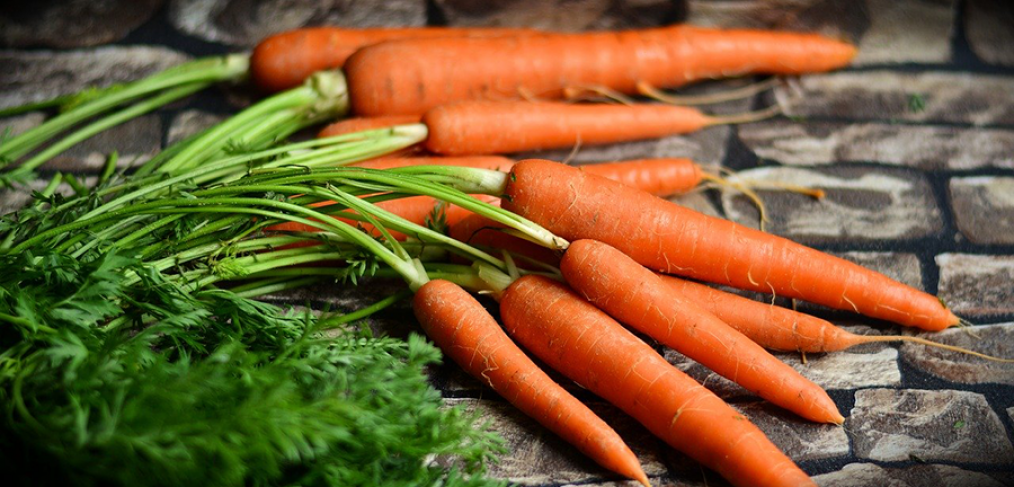While the roots of the trees in your backyard are buried underground and out of sight, the benefits of having healthy tree roots are anything but invisible.
When the roots of your tree are unhealthy or undernourished, your tree suffers. You might notice that the leaves of your tree are yellow or scorched and that the leaves seem undersized and the canopy bare.
Understanding how tree roots work can help you to learn how to best take care of your trees.
Let’s take a look at what you need to know about tree roots’ functions and what you can do to ensure that your tree roots are getting enough water, aeration, and nutrients.
How Tree Roots Work
Healthy tree roots are absolutely essential for having a healthy tree. The roots of a tree are the non-nodes, non-leaf-bearing parts of the body of the tree. The function of tree roots are:
- To absorb nutrients and water
- To store nutrients and food
- To anchor the tree to the ground
- Vegetative reproduction and competition with other plants
Roots are the highways that minerals and water can be transported from the soil to the rest of the tree. They are also able to store food reserves during the winter so that your tree can produce foliage in the spring.
While roots play an important role in getting your tree the nutrients it needs, they also play a structural role. Without healthy roots, your tree might not be well anchored to the ground and will be much more likely to fall over.
The root system of your tree consists of smaller, short-lived feeder roots and large perennial roots.
The larger roots and the primary branches of these roots grow horizontally as they increase in size. Typically found in the top 6 to 24 inches of the soil, roots can actually grow between 3 and 7 feet deep if the soil conditions are favorable.
The smaller, feeder roots are generally only about 1/16 inch in diameter. Even though they are so small, they actually make up most of the surface area of the root system. Usually growing upward and outward from the larger roots, they head towards the surface of the soil where they can easily find oxygen, water, and minerals.
Feeder roots die and are regrown regularly under normal conditions. Their major function is to absorb minerals and water.
Why Roots Grow Where They Do
Roots grow where the conditions allow their growth. This means that there is sufficient levels of minerals, water, and oxygen. However, too much water will typically kill roots.
Oxygen is most commonly found in the upper layer of soil, so this is where you’ll find feeder roots in the largest concentration.
There are a number of other factors that influence where roots grow. These include soil compaction and soil temperature. Usually, soil compaction increases the further down into the soil you go, and the temperature decreases as well.
Misconceptions About Healthy Tree Roots
There are a lot of misconceptions and myths regarding tree root growth. One of the most common of these is that the horizontal root spread of trees is often said to only reach the drip line of the tree. In reality, it has been found that root spread actually extends beyond the drip line distance or radius of the tree by 4 to 7 times.
The reason it’s important to understand this is because you’ll want to understand where your tree roots extend to when you are applying fertilizers, herbicides, soil treatments, or insecticides near your trees. If you apply these in the wrong location, you could end up causing serious injury to them.
What Are Deep Root Watering Systems?
When you have trees in your yard, you want them to be as healthy as possible. Not only do you want them to produce their best foliage, blooms, and maybe even fruit, but you also want to make sure they are healthy so they don’t pose a risk on your property.
When you simply water the ground’s surface around your tree, you run into a problem where a lot of the water can evaporate before the roots have the opportunity to grab it. When you water this way, you create a shallow root system, which can mean it’s not anchored to the ground as well.
If you want to create healthy tree roots, you’ll want to practice what is known as deep root watering. This is a method where you can use less water while giving your tree roots more water.
Deep watering is particularly ideal when you are transplanting a tree, dealing with poorly structured soil or poor soil composition, or when you are planting in a restricted space. It’s also important to use deep watering techniques if you are planting in soil that is heavily compacted or in drought conditions.
Why Are Deep Root Watering Systems the Best?
There are a number of benefits to using a deep root watering system for trees, shrubs, and plants. When you are newly planting a tree, it’s important that they get the nutrients, water, and aeration they need to thrive. Otherwise, they may not be able to establish the healthy tree roots they need to grow.
Deep root watering can also be used to help save existing trees. Watering your trees in this way means that you are both conserving water and ensuring that your tree roots are receiving the water and aeration they need. This watering system is particularly beneficial during drought conditions when surface water often evaporates before the tree roots can absorb it.
By Supporting Your Roots Your Supporting the Health of Your Trees!
As you can see, you never want the roots of your trees to be an afterthought. If the roots of a tree aren’t happy, the tree cannot thrive. This is why it’s so important to understand how tree roots work and how to best support their health.
Are you interested in using the deep root watering system for your new planting or your existing trees? If so, check out our deep root watering system products here!


